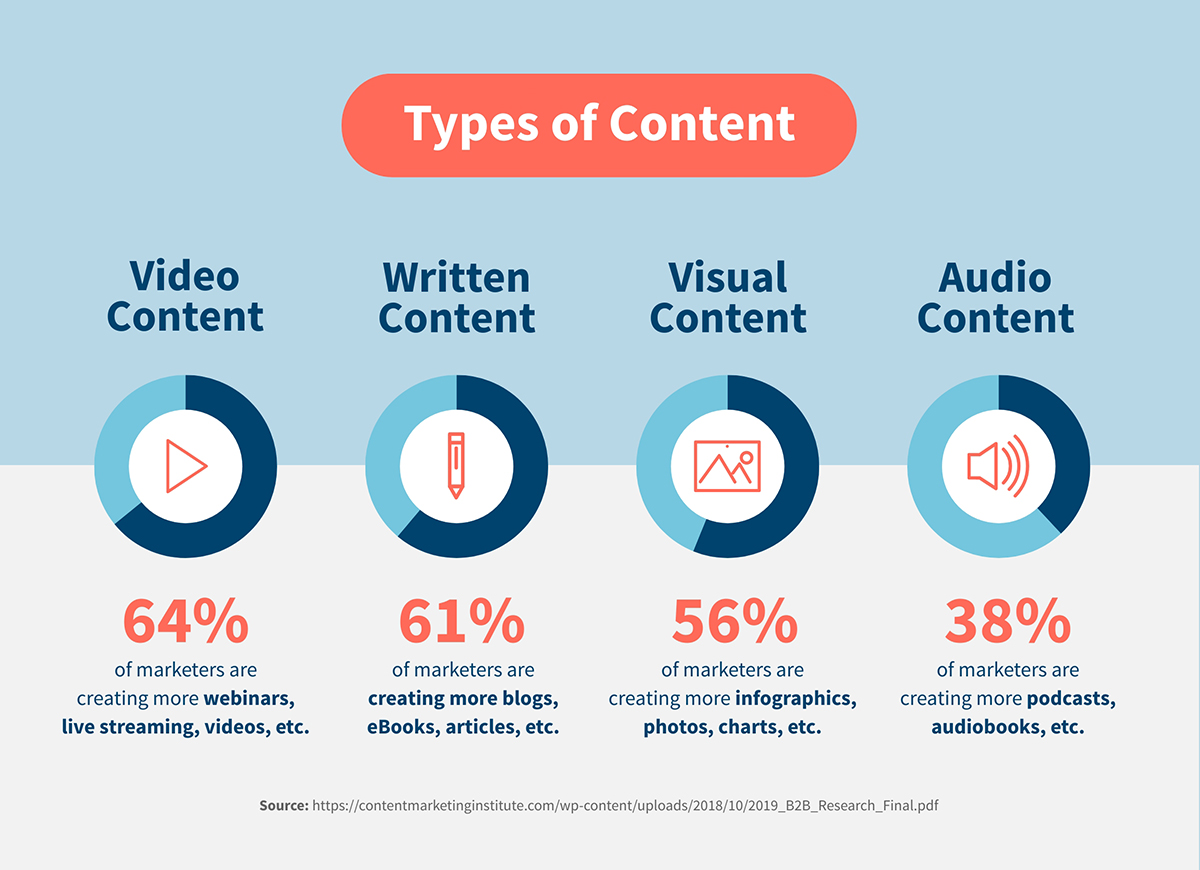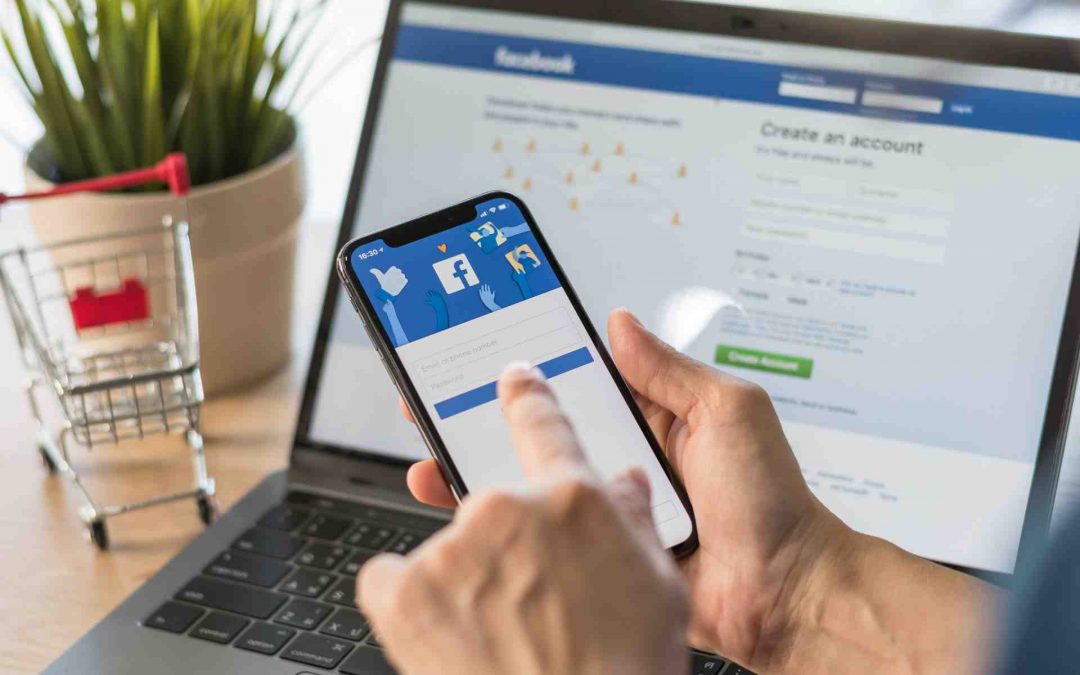
Many marketers are seeing the correlation between content marketing and native advertising, but are they assuming causation? Native advertising can work in certain cases but can also be costly, too sales-oriented or too focused on the brand. This is not always beneficial for advertisers or brands. Content marketing can help. Joe Walsh suggests that it's better if you own your media and audience.
Costs of native advertising vs content marketing
If you compare the costs of native advertising and content marketing, it may not always be the most cost-effective option. Although both can be successful, they are not necessarily equal. One advantage of content marketing is that it can generate a higher ROI, while native advertising can deliver guaranteed placement with big-name publishers. However, both are more expensive overall. You must weigh the advantages and disadvantages of each method before you make the right decision.
When it comes to measuring the impact of your content marketing efforts, paid ads may be the best choice. You can increase organic traffic with content marketing and have a large number of links. Native advertising, however, is more costly and can cost tens to thousands of dollars. HubSpot research shows that 93% companies with marketing budgets between $1 and $5 million practice inbound marketing. This strategy is low-risk and has a high ROI.

Advertisement
Content marketing versus native advertising has many similarities. The main difference between native advertising and content marketing is that native ads are usually labeled sponsored content instead of advertisements. This makes them more persuasive and users respond positively to messaging that follows editorial material. In contrast, content marketing is a strategy where ads are inserted into original content. Both strategies have their strengths and may work for one brand or company. This article will show you examples of native and content marketing.
Native advertising and content marketing share similar goals. The primary difference is that native content does not give the brand or publisher full ownership of the content, which limits the potential for it to have lasting value. Both strategies are frequently interchangeable. Both strategies have important differences. One example is that the effectiveness of content-marketing depends on the audience it targets. Native content that is relevant to your target audience can provide a short-term boost, but it may not be enough for you brand.
Engagement metrics are a better indicator of overall brand advantage
Although pageviews can be a simple metric to measure the success of a content marketing campaign, they may not be the best. Although increasing pageviews will lead to more traffic, engagement does not always indicate that content quality has improved. The effectiveness of a marketing campaign can be measured using engagement metrics, such as page views per session and time on page. Google Analytics, or any other tracking tool, can be used for measuring engagement.

Buyers now engage with content at their pace, jumping in and going out of the buying cycle in this digital media age. It's difficult to establish the number or "qualified buyers" from the actions they take on specific pieces of content. Engagement is an indicator of the overall quality of content that resonates with your audience.
FAQ
Can I do my content marketing by myself or with a team?
It all depends on your skills and experience, as well as your budget. You will have to learn the skills necessary to create, distribute, and optimize content on your own if you don't have the budget.
You should not attempt content marketing without support.
An excellent content strategist or agency will help you save time and money, while delivering results quicker.
You can't achieve success unless you work hard, produce high-quality content, and keep up with current trends. A solid content strategy is crucial.
What makes content marketing work?
Yes! Hubspot reports that Content Marketing has been ranked as one of three top digital marketing channels in lead generation.
How much content marketing should I invest?
It depends on how many leads your company wants to generate. Depending on your industry, the average cost per lead is between $5 and $10. When we started our business, for example, we spent about $20 per lead. Now we spend $6-7 per leads.
Statistics
- Seventy-two percent business to business (B2B) (mailchimp.com)
- In fact, would pay more for a better customer experience, and 86% of B2B buyers would pay more. (neilpatel.com)
- We found that 40% of businesses don't have a documented strategy yet. (semrush.com)
- Out of the 1,500 marketers we surveyed for our State of Content Marketing report, 78% who felt their content marketing strategy was exceptionally effective in 2021 had documented their strategy. (semrush.com)
- Forty-seven percent of buyers view 3 to 5 pieces of content before engaging with a sales representative. (mailchimp.com)
- Content marketing produces 3X more leads per dollar spent. Content marketing costs 62% less than traditional marketing. (criteo.com)
- Progress indicators (0–100%) allow each team member to see how attainable each goal is and understand what remains to be accomplished. (semrush.com)
- Measure your goals with a progress indicator of 0-100%. Make your goals collaborative and transparent (semrush.com)
External Links
How To
Informationgraphic creation tips to help with content marketing
Infographics can be a great way to simplify complex concepts and make it easy to understand. Content marketing aims to provide useful and valuable information to your target audience, so you should consider using infographics to help spread this message.
To create an infographic using design software such Adobe Illustrator, Photoshop or other similar programs, you will need Adobe Illustrator. These programs can be used to create different shapes and elements that represent your data. Then, you can add colors and fonts to make it look great. Once you have your design ready, upload images from Unsplash or Pixabay to add to it.
Check out existing infographics online to get some ideas. A picture of a food Pyramid could be used to show how many calories each food has. Or, you might choose to look up how much sugar is in soda pop and change that number to a picture of a bottle of Coke.
Once you've created your infographic, share it on social media channels like Facebook or Twitter. This will make it easier for people who don't know the concept to get familiar with it. In order to make others see your infographic, use hashtags when you post it on social media. Hashtags allow users to follow along with conversations surrounding specific topics.
Make your infographics shorter than normal if you are creating them. An average blog post can range from 2000 to 5000 word, while an informationgraphic needs only 500 to 1000 words. This means you can easily convey more information with less space.
Your infographic should be easy to read for some viewers. Use large fonts, but don't overuse color in your infographics. Also, ensure all text is legible.
These are additional tips:
-
Choose an Infographic Template. There are many free templates online. Canva, Piktochart and Google Slides are the most used templates.
-
Create your Infographic. To create your infographic, use the template. You can use whatever media is most appropriate for your audience. In this example, photos of Seattle restaurants might be used to create an infographic about Seattle's best restaurants.
-
Add Text. Add text once your infographic is created.
-
Add images. You can also add images to your infographic. These can be pictures, charts, graphs, or icons. You should make sure that the picture you upload is related to your topic.
-
Make It Interactive. Interactive elements like buttons, maps and links can be added to your website. This will allow you to engage your audience.
-
Share. Share the infographic once you're done.
-
Measure. Your infographic's performance. Did people click on your website? Are they signing up for your email newsletter? Was their reaction to the infographic?
-
Improve. Is there a way to improve your infographic? What could you do better next year?
-
Repeat. Do this again!